.png)
Stem cell therapy costs vary dramatically worldwide, typically ranging from $3,500 to over $50,000 USD depending on the condition treated, the cell source, and the treatment location, with significant savings available in medical tourism hubs like Mexico, Turkey, Korea, and Japan.
Stem cell therapy, often referred to as regenerative medicine, is a cutting-edge field offering hope for conditions ranging from chronic orthopedic injuries to complex autoimmune and neurological disorders. Because these treatments are highly specialized and often considered experimental in many Western countries, they are rarely covered by traditional insurance, making out-of-pocket costs a primary concern for patients.
Understanding the true cost requires looking beyond the procedure price itself to the entire treatment package, including the source of the cells, the expertise of the medical team, and the regulatory environment of the clinic. For patients seeking high-quality care at a fraction of the price, medical tourism destinations have emerged as global leaders.
Key Takeaways
-
Global Savings: Patients traveling to popular medical tourism destinations like Mexico, Turkey, and Korea can achieve savings of 50% to 85% compared to the equivalent stem cell treatments in the United States or Western Europe.
-
Japan's Regulatory Edge: While generally higher in cost than Mexico or Turkey, Japan offers arguably the most robust regulatory framework globally for regenerative medicine, with prices still 30-50% lower than the US for complex procedures.
-
Procedure Cost Ranges: The average cost for a typical orthopedic stem cell injection (e.g., knee or hip arthritis) falls between $3,500 and $10,000 in affordable markets, while systemic treatments for complex conditions can range from $8,000 to $25,000.
|
Country |
Average Orthopedic (Joint) Cost Range |
Average Systemic/Complex Condition Cost Range |
|---|---|---|
|
Mexico |
$3,500 – $8,000 |
$8,000 – $20,000 |
|
Turkey |
$2,000 – $7,500 |
$7,000 – $15,000 |
|
Korea (South) |
$7,000 – $15,000 |
$12,000 – $30,000 |
|
Japan |
$6,500 – $10,000 |
$20,000 – $40,000 |
Understanding Stem Cell Therapy and Treatment Types
Stem cells are the body's raw materials—cells from which all other cells with specialized functions are generated—and stem cell treatments typically fall into two main categories: hematopoietic (blood-forming) and mesenchymal (tissue repair).
Stem cell therapy involves transplanting healthy stem cells into damaged tissues or organs to promote healing and regeneration. The type of procedure and the source of the cells significantly impact the final price.
The Primary Sources of Stem Cells
The source from which the stem cells are harvested and processed is a critical factor influencing both efficacy and cost:
-
Autologous Stem Cells: These are cells derived directly from the patient's own body—usually Adipose (fat tissue) or Bone Marrow Aspirate Concentrate (BMAC). Since they come from the patient, the risk of rejection is zero, and the cost is generally lower (ranging from $5,000 to $15,000 for local applications).
-
Allogeneic Stem Cells: These cells come from a compatible donor, most commonly ethically sourced from umbilical cord tissue (Wharton's Jelly) or placenta. These are often referred to as Mesenchymal Stem Cells (MSCs). Allogeneic treatments are typically more expensive due to rigorous testing, sourcing, and large-scale lab expansion required (often starting around $10,000 to $20,000+ for systemic treatment packages).
-
Peripheral Blood Stem Cells (PBSC): Used widely in Hematopoietic Stem Cell Transplantation (HSCT) to treat blood cancers like leukemia and lymphoma, replacing damaged marrow. This is the oldest and most established form of stem cell therapy.
Conditions Treated by Regenerative Medicine
While some procedures (like HSCT) are fully FDA-approved, many regenerative treatments for degenerative or autoimmune disorders are still considered investigational treatments and must be sought through accredited international clinics or clinical trials.
Common conditions utilizing regenerative therapies include:
-
Orthopedics: Knee arthritis, hip degeneration, rotator cuff tears, chronic joint pain, and spinal disc issues.
-
Neurological Disorders: Multiple Sclerosis (MS), Parkinson’s disease, Amyotrophic Lateral Sclerosis (ALS), and chronic spinal cord injury.
-
Autoimmune Diseases: Rheumatoid Arthritis, Lupus, and Crohn’s disease.
-
Aesthetic & Wellness: Anti-aging applications, hair restoration, and cosmetic stem cell facials.
Global Stem Cell Therapy Cost Comparison: Korea, Turkey, Mexico, and Japan
The total cost of high-quality stem cell treatment is lowest in Turkey and Mexico due to favorable operational costs, while South Korea and Japan offer premium treatment access with robust regulatory frameworks, often at prices still significantly lower than the US.
The price disparity is mainly driven by operational expenses, medical liability insurance, and the local cost of clinical overhead, rather than a difference in the quality of the advanced cellular technology used. Many clinics in Turkey and Mexico offer comprehensive stem cell packages that include medical essentials, accommodation, and travel assistance, simplifying the medical travel process.
Detailed Stem Cell Therapy Cost Table (USD)
The following table provides typical all-inclusive price estimates for common treatments in leading medical tourism destinations. Note that costs are highly dependent on the number of cells administered and the number of sessions required.
|
Treatment / Condition |
United States (Estimate) |
Mexico (Average Package) |
Turkey (Average Package) |
South Korea (Average Package) |
Japan (Average Package) |
|---|---|---|---|---|---|
|
Orthopedic Injection (Single Joint) |
$7,000 – $15,000 |
$3,500 – $8,000 |
$2,000 – $7,000 |
$7,000 – $10,000 |
$6,500 – $10,000 |
|
Anti-Aging / Wellness (IV Infusion) |
$8,000 – $20,000 |
$4,000 – $10,000 |
$3,500 – $8,000 |
$5,000 – $12,000 |
$10,000 – $30,000 |
|
Systemic Treatment (e.g., MS, Autoimmune) |
$25,000 – $50,000+ |
$12,000 – $25,000 |
$10,000 – $20,000 |
$15,000 – $35,000 |
$20,000 – $40,000 |
|
Neurological Conditions (Complex) |
$30,000 – $60,000+ |
$15,000 – $30,000 |
$14,000 – $25,000 |
$20,000 – $40,000 |
$25,000 – $45,000 |
Fact and Figure: Studies show that approximately 60% of US patients seeking stem cell treatment abroad are doing so to treat chronic conditions that failed conventional treatments, and the majority report the cost saving was the primary factor in their decision.
Why Choose Stem Cell Therapy in Mexico and Turkey?
Mexico and Turkey are highly popular medical destinations for regenerative therapies primarily due to their value proposition: high-quality treatment protocols developed by US-trained doctors combined with low overhead costs.
-
Mexico: Known for advanced umbilical cord-derived MSCs (Allogeneic cells) sourced from FDA-compliant labs operating under Mexico’s progressive regenerative medicine laws. Clinics in cities like Cancun, Tijuana, and Guadalajara offer quick access for North American patients.
-
Turkey: Recognized for its established private healthcare sector and world-class hospital infrastructure. Istanbul and Ankara offer cost-effective all-inclusive packages that often cover airfare, accommodation, and ground transfers alongside the core stem cell procedure.
Did You Know?
The regulatory environment in Mexico and Turkey allows for the use of expanded, high-cell-count Allogeneic stem cell products (derived from screened, ethically sourced umbilical cord tissue) which are often restricted for non-FDA-approved treatments in the US, providing patients access to potentially more potent therapeutic options.
South Korea's Unique Position
South Korea stands out for its leadership in approved, commercialized stem cell products, particularly for orthopedic applications. While generally more expensive than Mexico or Turkey, the cost remains competitive compared to the West. Korea’s edge lies in its rigorous government oversight and the development of several commercially licensed stem cell drugs, making it a hub for officially approved, highly regulated autologous stem cell procedures.
Japan’s Leadership in Regulated Regenerative Medicine
Japan has established one of the world's most innovative and rigorous regulatory systems for regenerative medicine, accelerating patient access to new therapies while ensuring a high standard of quality and safety.
Japan is a global pioneer in the field, driven by significant government investment and the discovery of Induced Pluripotent Stem Cells (iPSCs). Its unique regulatory framework, established by the Pharmaceuticals, Medical Devices, and Other Therapeutic Products Act (PMD Act) and the Act on the Safety of Regenerative Medicine (RM Act), allows for conditional, time-limited approval of new therapies. This means treatments that show confirmed safety and probable efficacy can reach patients faster.
Clinics in cities like Tokyo and Osaka are renowned for precision, advanced cell cultivation, and strict adherence to the Ministry of Health, Labour and Welfare (MHLW) standards. Japanese stem cell therapy costs are generally at the higher end of the medical tourism scale, reflecting this premium level of quality and governmental oversight, particularly for complex systemic or anti-aging treatments.
Factors Influencing Stem Cell Therapy Cost
The final price of regenerative medicine is a complex calculation determined by the source and number of stem cells used, the condition’s severity, the clinic’s expertise, and whether the treatment is local or systemic.
The wide price range ($2,000 to $60,000) reflects the vast difference between a simple joint injection and a full systemic infusion protocol for a degenerative disease. Key cost drivers include:
-
Source and Type of Cells: Allogeneic (donor) cells require extensive harvesting, processing, testing, and expansion in a specialized laboratory, making them generally more expensive than Autologous (patient's own) cells. The cell count (the total number of viable cells administered) is directly proportional to the cost.
-
Condition Severity and Treatment Route: Treating a mild rotator cuff tear with a single injection is far less costly than treating Multiple Sclerosis, which typically requires multiple large-dose IV infusions and possibly intrathecal injections into the spinal fluid.
-
Treatment Protocol & Sessions: Many conditions require multiple treatment sessions (sometimes spaced weeks or months apart) to maximize efficacy. A multi-session protocol naturally raises the total cost significantly.
-
Clinic Expertise and Accreditation: Clinics with international accreditations (like JCI) and world-renowned regenerative medicine doctors, along with state-of-the-art in-house cell processing labs, command higher prices but offer greater assurances of quality and safety.
Expert Insight: Dr. Elena Rodriguez, a consultant for PlacidWay, notes, “When comparing quotes, patients must ask for the total viable cell count they will receive. A $5,000 treatment offering 10 million cells is not equivalent to a $15,000 treatment offering 200 million cells. The higher price often reflects a higher-quality, more potent therapeutic dose essential for systemic conditions.”
Candidacy, Preparation, and Aftercare
Successful stem cell therapy depends not just on the procedure itself, but on thorough patient screening, compliance with pre-treatment requirements, and disciplined post-treatment regenerative recovery protocols.
Determining Candidacy for Stem Cell Therapy
Before any commitment, comprehensive patient evaluation is mandatory. This often includes:
-
Detailed Medical History: A review of all prior surgeries, medications, and conventional treatment failures.
-
Imaging & Diagnostics: Recent MRIs, X-rays, or blood tests (CBC, inflammatory markers) to accurately assess the extent of tissue damage or disease activity.
-
Consultation: A virtual or in-person consultation with the regenerative medicine specialist to confirm that the patient's condition is suitable for stem cell treatment protocols. Patients with active cancer or uncontrolled systemic infections are typically not candidates.
Preparation and Logistical Planning
Preparation for medical tourism involves logistical planning, which PlacidWay assists with extensively:
-
Travel Documents: Ensuring passports and necessary visas for Turkey, Mexico, Korea, or Japan are secured.
-
Medication Adjustments: Patients may be advised to temporarily stop taking certain anti-inflammatory medications (NSAIDs) or blood thinners prior to the procedure to optimize the tissue environment for regeneration.
-
Accommodation: Planning for comfortable, often medically supportive, accommodation close to the clinic for the duration of the stay.
Risks, Benefits, and Ethical Considerations
While stem cell therapies offer powerful potential benefits, patients must weigh these against the inherent risks, particularly those associated with unproven treatments or unregulated clinics, making due diligence essential.
The primary risks associated with properly performed, regulated procedures are minor and temporary, such as localized pain, swelling, or injection site reaction. The major risks arise when patients seek treatments at unregulated clinics that administer unproven products or rely on non-viable cells, leading to potential complications or, at minimum, wasted investment.
Benefits include:
-
Reduction in pain and inflammation.
-
Improved functional ability and range of motion.
-
The potential to slow or halt the progression of certain degenerative diseases.
-
A minimally invasive alternative to major surgery.
Ethical Consideration: Many reputable clinics use ethically sourced umbilical cord tissue that would otherwise be discarded after a full-term, healthy birth. Transparency regarding the cell source and processing standards is non-negotiable when evaluating an international stem cell clinic.
Frequently Asked Questions (FAQ)
Does insurance or Medicare cover stem cell therapy?
Generally, no. Most traditional insurance providers and Medicare consider regenerative medicine treatments, outside of standard hematopoietic stem cell transplantation (HSCT) for blood cancers, to be investigational and thus do not cover the stem cell therapy cost.
Most patients seeking treatment for orthopedic, autoimmune, or neurological conditions must pay for the full treatment out-of-pocket. We recommend consulting directly with your insurer regarding specific policy exceptions for regenerative treatments.
Why is stem cell therapy cheaper in Mexico and Turkey than in the US?
The lower cost is primarily due to significantly reduced operational expenses, lower physician malpractice insurance, reduced overhead, and less expensive laboratory costs in these countries, not a compromise on the quality of the actual stem cells or technology.
Many international facilities use the same or superior technology and adhere to international accreditation standards (e.g., JCI), allowing them to offer the same treatment protocol for a fraction of the price.
What is the average number of stem cell sessions required?
The number of sessions required is highly individualized. For a single orthopedic injury, one stem cell injection may suffice. However, for systemic, complex conditions like MS or ALS, patients often require multi-session protocols (2-4 infusions) over several months to achieve maximum therapeutic effect.
How long is the typical stay in a medical tourism destination for stem cell therapy?
For most outpatient stem cell procedures, the duration of stay is typically short, ranging from 3 to 7 days. This time allows for the initial consultation, pre-treatment testing, the procedure itself (which is often minimally invasive), and 1-2 days of immediate post-procedure observation before travel.
Are all stem cell clinics abroad legitimate and safe?
While many international clinics are world-class, the field is prone to unregulated providers. It is crucial to verify that the clinic has appropriate licenses, uses a certified and transparent cell processing lab, and is led by board-certified physicians specializing in regenerative medicine. Always request independent accreditation records.
How much can I save by choosing Korea for my stem cell treatment?
While South Korea’s costs are generally higher than Mexico or Turkey, patients can still save between 40% and 60% compared to the private cost of similar high-technology, approved autologous procedures in the United States. Korea is particularly competitive for highly regulated orthopedic and cosmetic regenerative treatments.
What makes Japan a leader in stem cell regulation?
Japan has established an expedited approval system (PMD Act) that allows new regenerative products to gain conditional, time-limited market approval based on confirmed safety and probable efficacy, speeding up patient access to cutting-edge therapies under strict government oversight (MHLW/PMDA).
Start Your Regenerative Journey with PlacidWay
Choosing stem cell therapy is a life-changing decision that requires confidence in your medical provider and a clear understanding of the total cost.
PlacidWay is your trusted global partner in regenerative medicine, offering transparent access to the world’s leading stem cell clinics in Mexico, Turkey, Korea, Japan, and beyond.


.png)



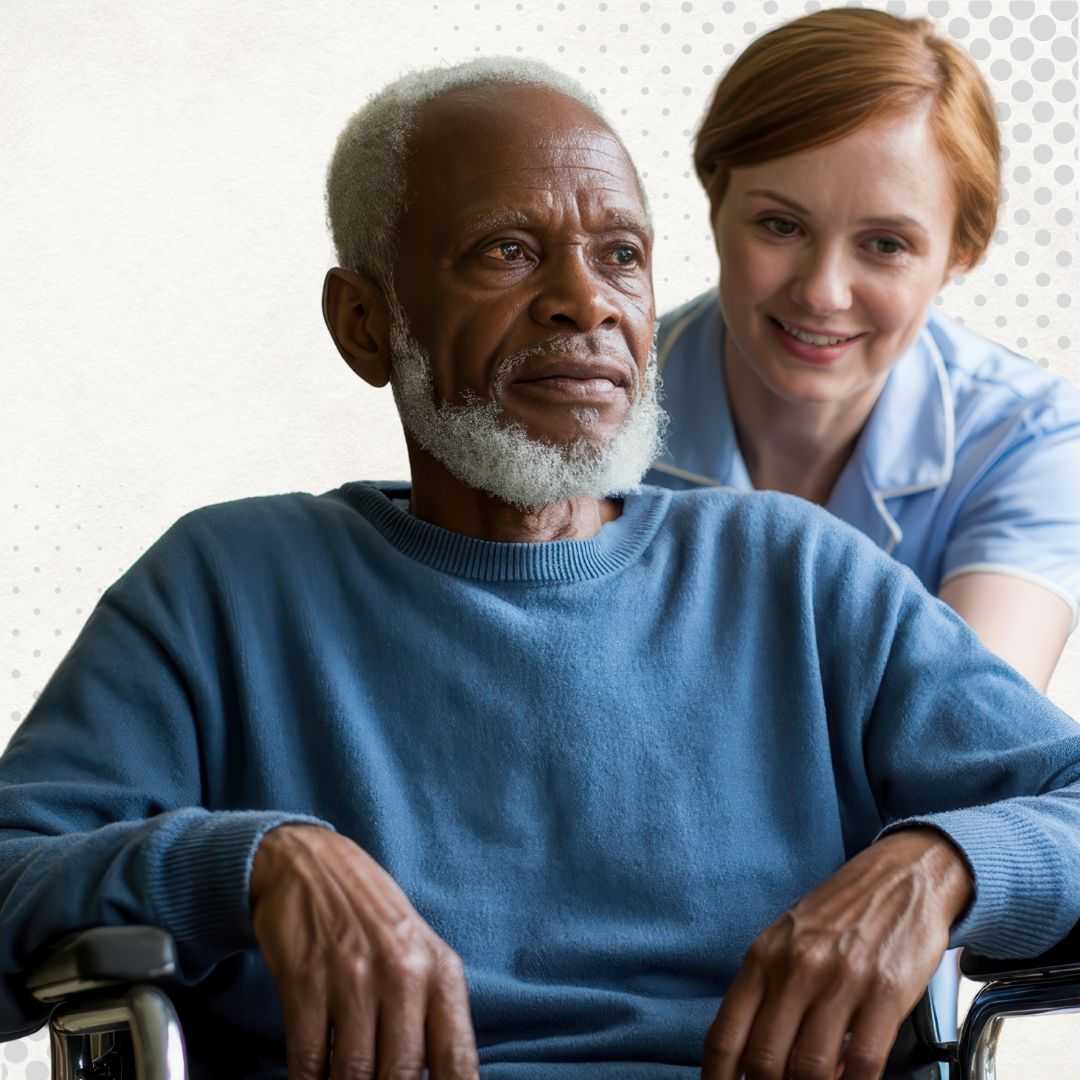
.png)
.png)
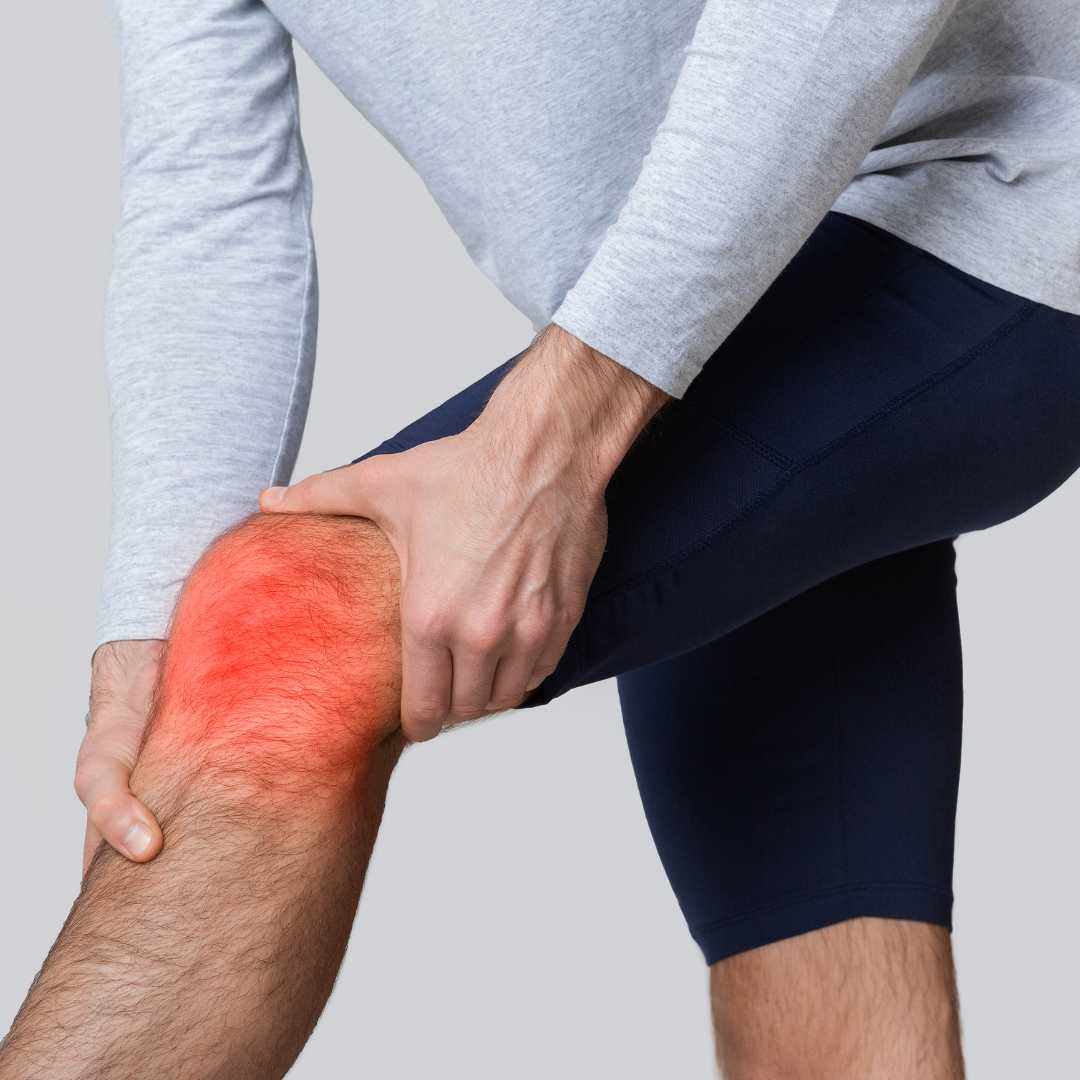

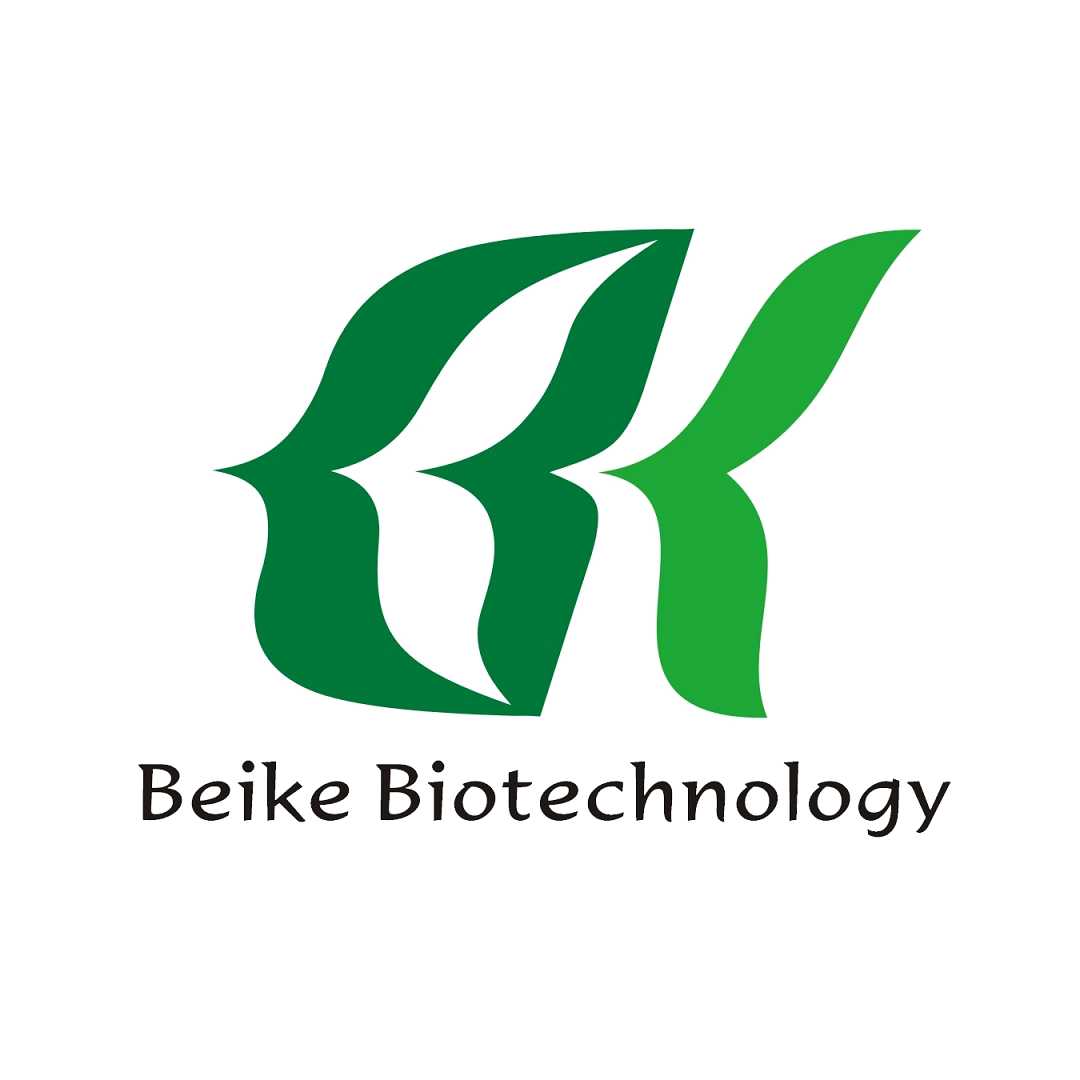
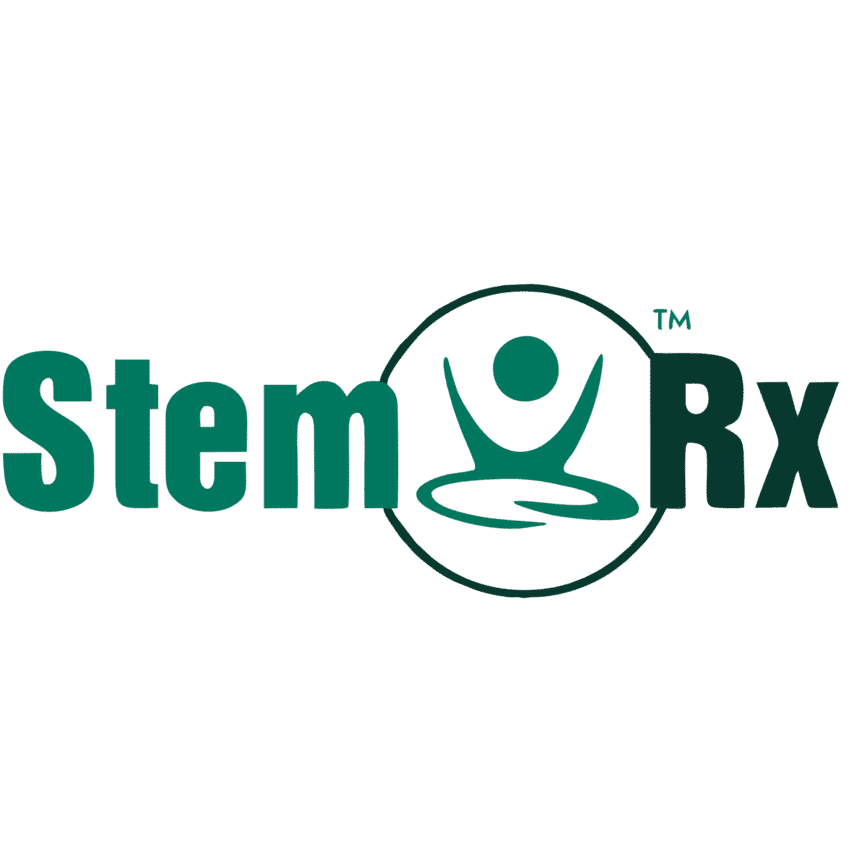
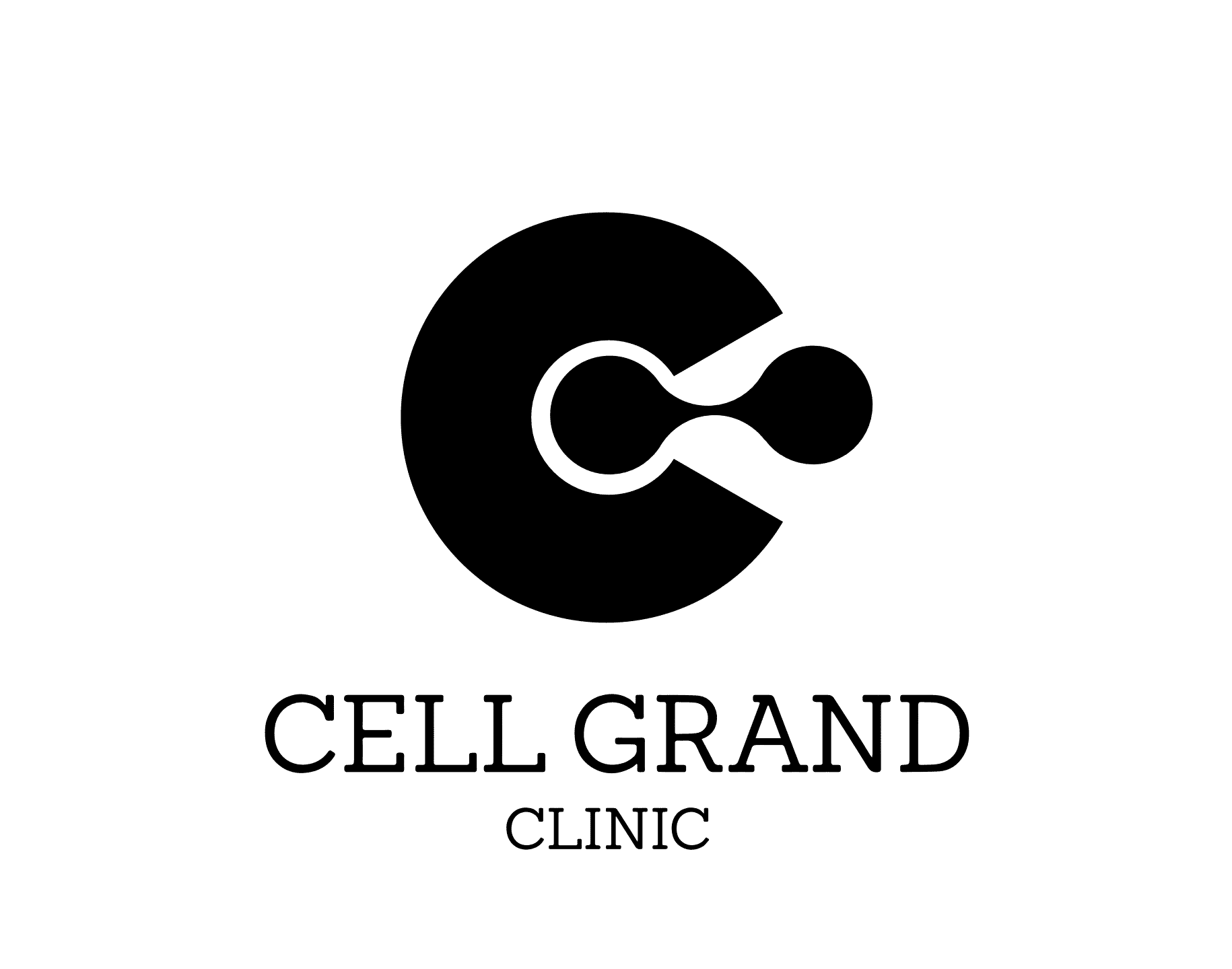
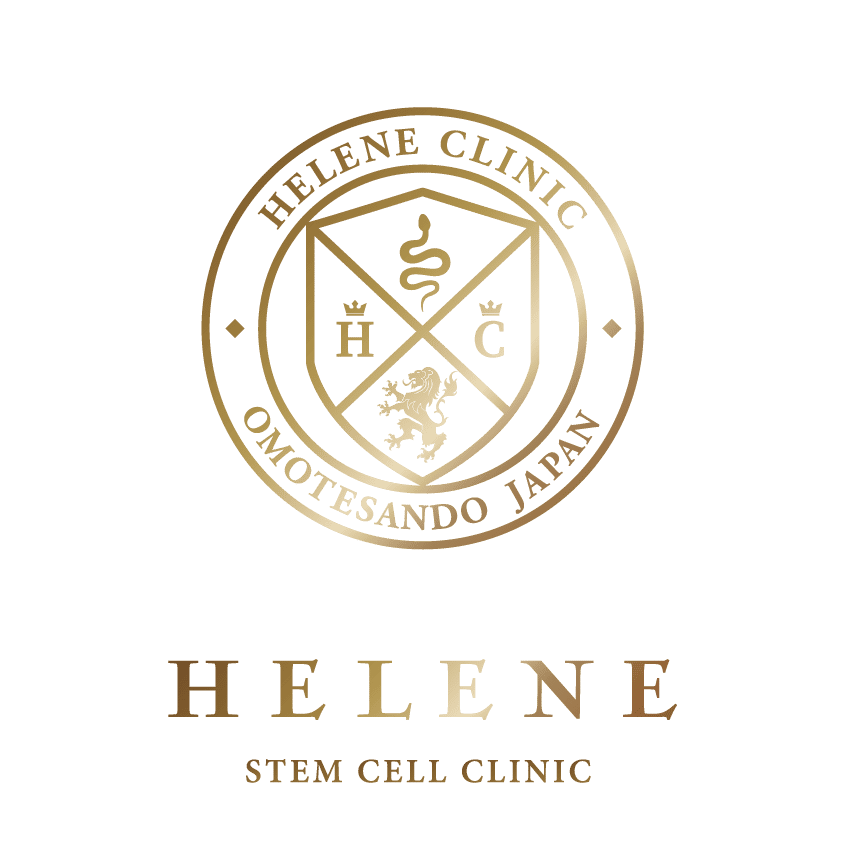

Share this listing